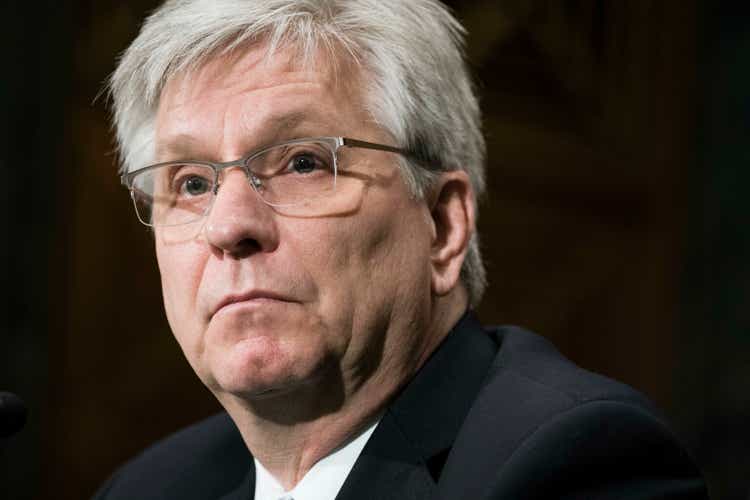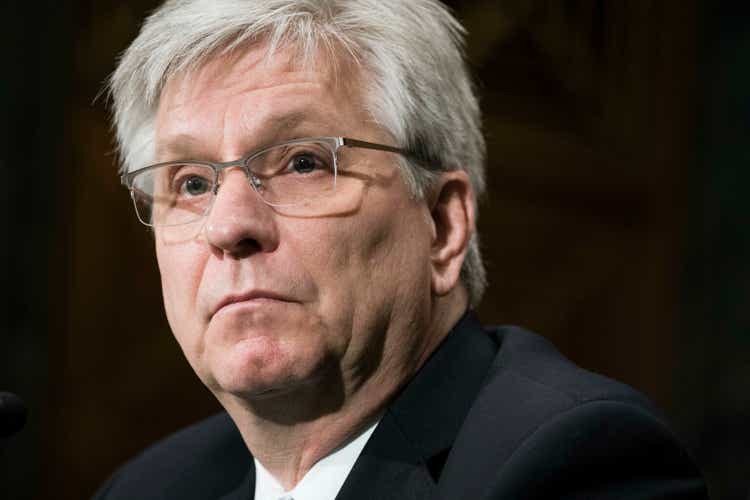
Sarah Silbiger
Federal Reserve Governor Christopher Waller said Friday there’s “nothing revolutionary” about a central bank digital currency, or CBDC for short, as compared with the traditional banking system.
“It’s unclear what’s gained by a CBDC,” Waller said at an event hosted by The Brookings Institution Falk Auditorium, as it shares virtually all the same functions as traditional bank accounts.
A CBDC is a digital version of money that’s linked to the issuing country’s fiat currency. As such, a central bank (e.g., Fed) would issue the CBDC rather than commercial banks. Some have argued that a CBDC can provide the general public a secure and faster means of digital payment and remittance.
Waller noted that the implementation of a retail CBDC, which are government-backed digital currencies used by consumers and businesses, would require the U.S. law to change. That’s because only banks (and the U.S. government) can have a Master account at the Fed as they’re at the front-end of the monetary system.
Asked about the FedNow instant payments system, which the Fed introduced in late July, Waller said there’s only one key difference in how it modernizes the U.S. banking system: timing.
FedNow shrinks “the amount of time in which the transaction is cleared and settled,” he said, adding “there’s nothing else new about it.”







